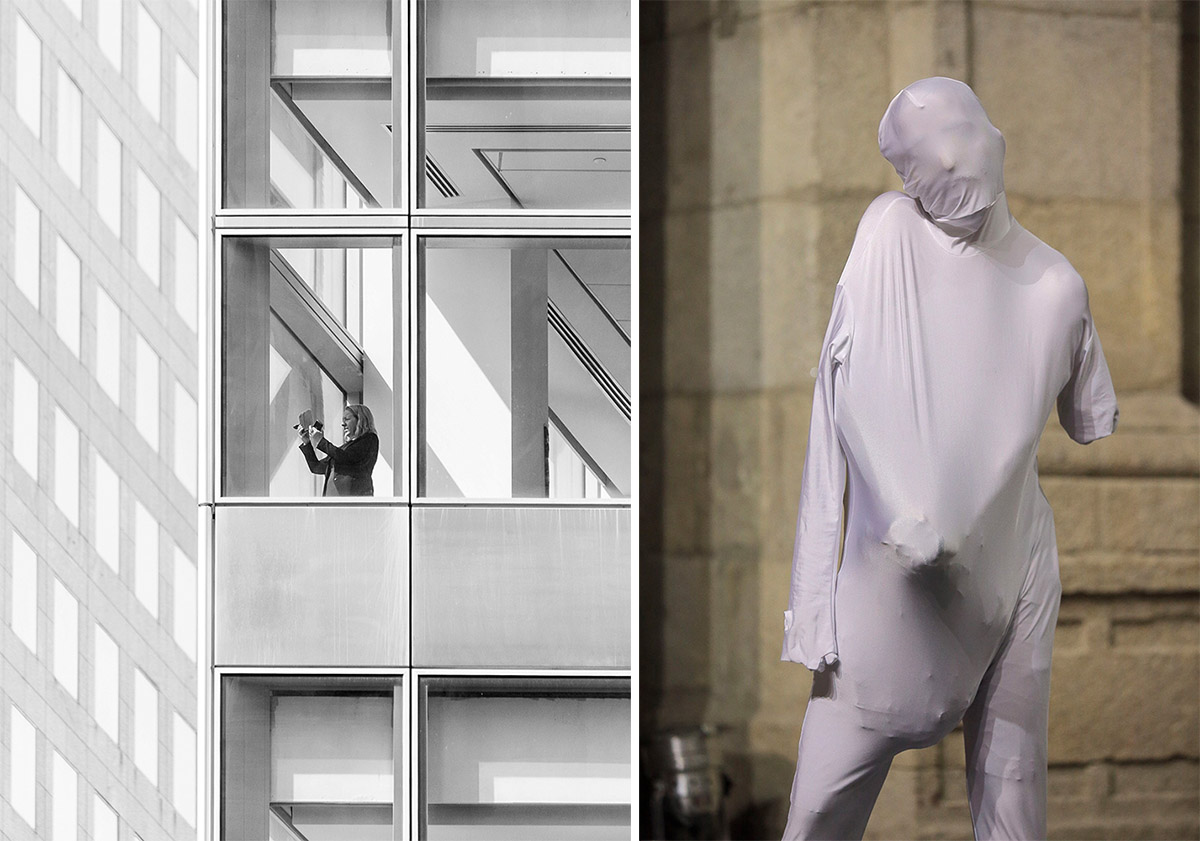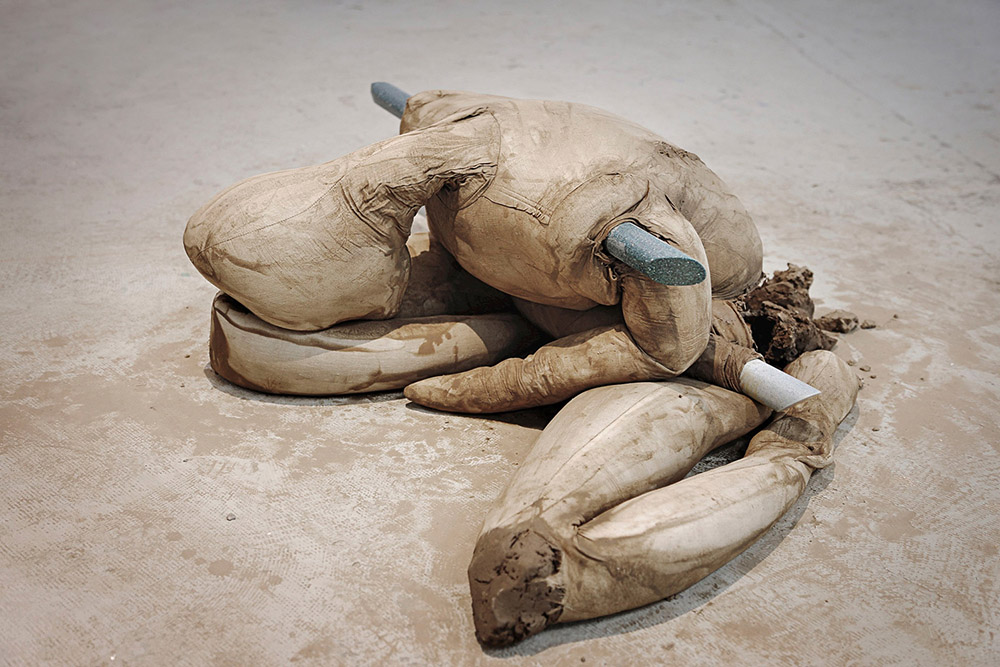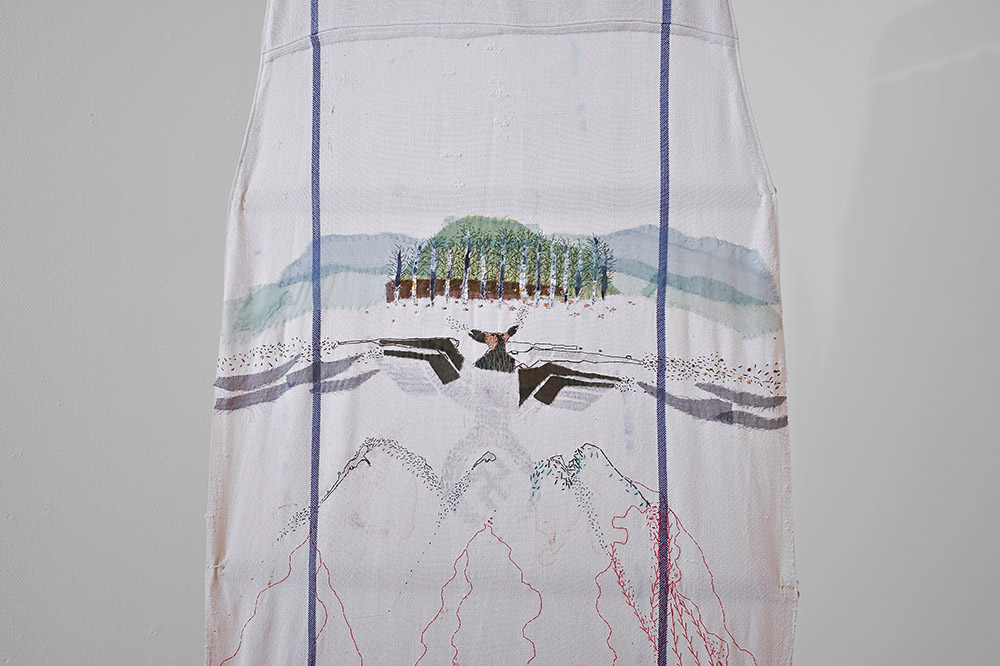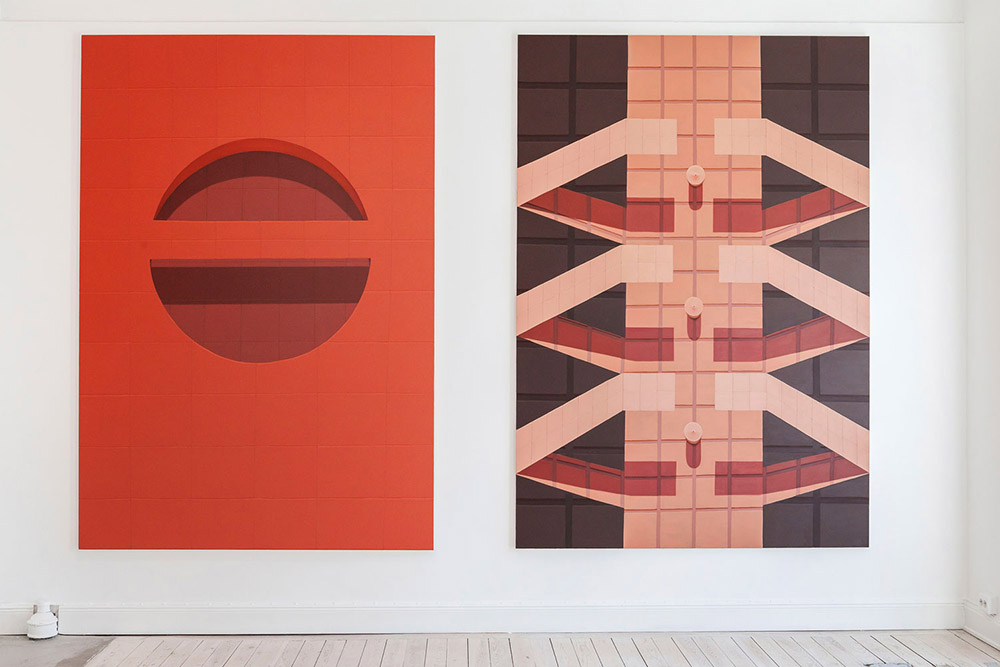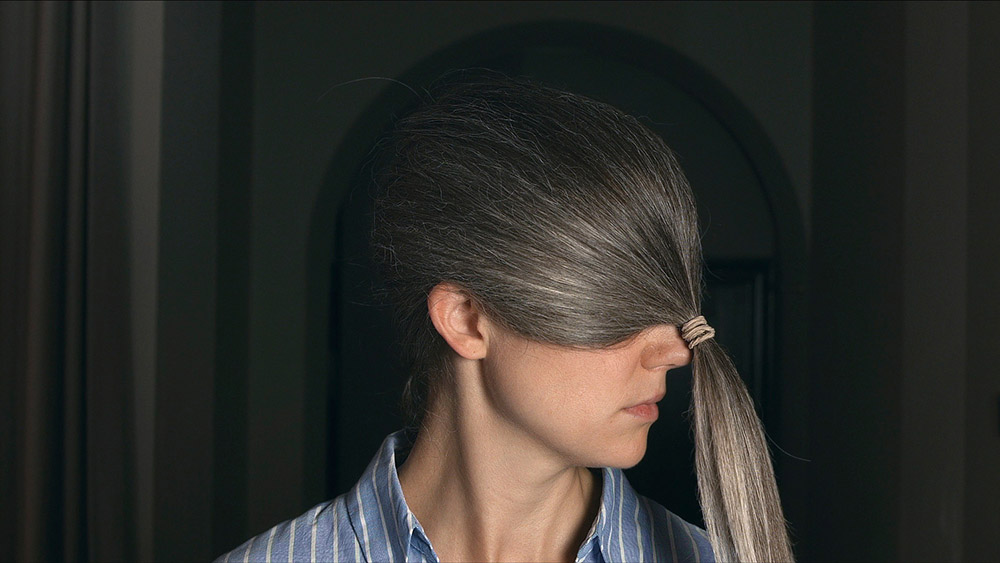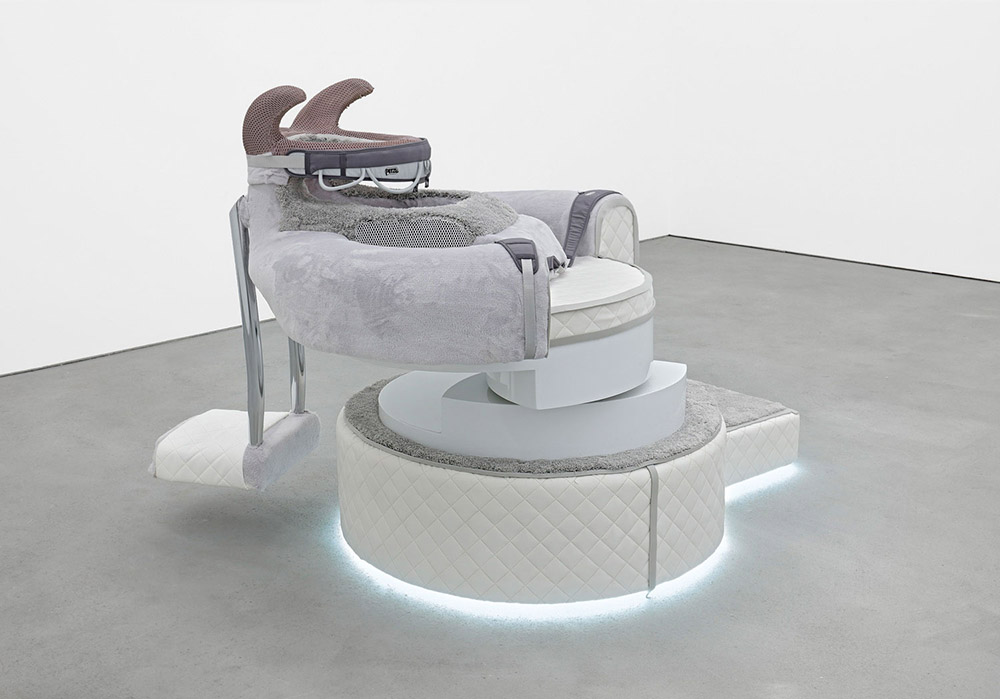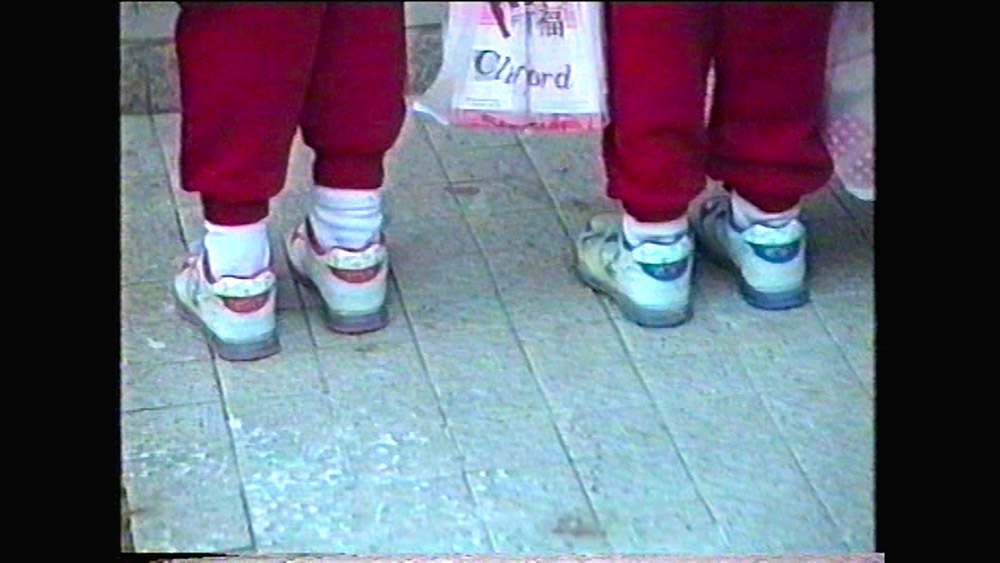ART CITIES:Stockholm-The Moderna Exhibition 2018,Part II
 The Moderna Exhibition is a recurring exhibition format featuring between 30 and 50 artists. Once every four years, the visitors are invited to experience a comprehensive presentation of important aspects of the Contemporary Swedish Art Scene. The first edition of The Moderna Exhibition took place in 2006 and this fourth edition features both a major exhibition and a rich programme of performances, film screenings, and artist talks (Part I).
The Moderna Exhibition is a recurring exhibition format featuring between 30 and 50 artists. Once every four years, the visitors are invited to experience a comprehensive presentation of important aspects of the Contemporary Swedish Art Scene. The first edition of The Moderna Exhibition took place in 2006 and this fourth edition features both a major exhibition and a rich programme of performances, film screenings, and artist talks (Part I).
By Efi Michalarou
Photo: Moderna Museet Archive
The “Moderna Exhibition” is a large-scale project that the Moderna Museet presents once every four years. Several artists in the “Moderna Exhibition 2018” edition look back at Swedish history and explore the events that have shaped and reshaped society. Other artists highlight alternative experiences of living in Sweden today. And in the midst of these local standpoints, the exhibition incorporates geographically distant perspectives that, in different ways, impact our lives here and now. The human body is tangibly present throughout the exhibition – surveilled and registered, caught between legal and geographic boundaries, and shaped by ideologies, technologies, power structures and norms. Also palpable are the remnants of nature, transformed beyond recognition to make way for vast industrial tracts of land where time passes ever more rapidly. In a more hopeful direction, we encounter the search for an existence and a sexuality unencumbered by patriarchy, consumerism, and religious heritage, with new approaches to understanding oneself as a more integral part of a cosmological whole. The hierarchy of man, animal and plant is reinterpreted and renegotiated in novel ways, opening up the potential for imaginative new forms of communal understanding. Skåne is the only county in Sweden that has been involved in the coal mining industry and its soil is perfectly suited to the cultivation of sugar beet. The men toiled in the hazardous coal dust and the women bowed their bodies with hard work in the furrows of the sugar beet fields or did shifts at the sugar factory. In the video ”Jag är Skåne” [I Am Scania] (2017), Kalle Brolin reflects on the history of work in the landscape of his home county and specifically on how “coal was fuel for the machinery as sugar was fuel for the workers”. He investigates the coal and sugar industries to show how the factories worked together in the initial stages of industrialism and the emerging welfare state and how people were used, sometimes against their better judgment, to promote industrial profitability. Stills and film clips are culled from archives and have been deposited on small digital tablets that Kalle Brolin has placed on a conveyor belt to illustrate the connection between industrial labour and his own film work. From the collected material, a parallel narrative also emerges about the Vipeholm experiments in Lund between 1947 and 1955, where “feebleminded” patients were systematically fed caramel and chocolate between meals. The experiment was financed by the sugar industry and led to severe tooth decay in the patients, but also to new insights about dental health in modern Sweden. “Att använda landskap” [Using Landscapes] (2016–17) is the title of the joint video piece by the trio Fanny Carinasdotter, Anja Örn and Tomas Örn. All three artists have long been active in the north of Sweden. The work shows stills of ravaged virgin forest, destroyed homes, as well as a broken landscape around the country’s largest copper strip mine Aitik, south of Gällivare in Norrbotten County. Aitik is a Sami word that means storehouse, but the wealth of copper is rapidly being depleted by the mining industry. In a double projection, the artist trio alternates stills with voices from inhabitants of the area and facts about the mining industry and its profitability. The local population is worried about their homes and about how the expansion of the industry is destroying the cultural landscape. At the same time, the mining operation has meant that many people have found employment. A third video shows the relentless passage of time, here forced by human hand – the industrial era. Like an archaeologist who studies the shards of a forgotten time, a scholar of the history of ideas in Malin Franzén’s video piece ”For Long We Live on the Ruins of the Past” tries to decipher a number of text fragments. The hastily written lines come from the feminist writer, thinker and peace activist Elin Wägner’s field trip to Crete in 1937. Wägner was looking for remnants of ancient matriarchies and the aim was to find a peaceful counterimage to the war-torn and patriarchal 1930s. She published her thoughts in the book ”Väckarklocka” (Alarm Clock) in 1941, and that’s where the title of this video piece comes from. ”Resa i Norrland” (Journey in Norrland) is the title of a photographic journey that Erik Mikael Gudrunsson undertook between the 12 May and the 10 October 2008 and which resulted in a photobook in 2013. In the work, Gudrunsson follows the route laid out in Carl von Linné’s travel journal ”Iter Lapponicum” (A Tour in Lappland) and photographs the places that Linné visited in 1732. He does this in an attempt to assess to what extent the landscape has changed in what is almost three centuries that have passed since then. The purpose of Linné’s expedition was mainly to examine the natural resources of Norrland and answer questions about how the provinces could be exploited for economic gain. The passion flower’s nectar-filled honey glands play a prominent part in Ingela Ihrman’s ”The Inner Ocean” (2017- ). The flower functions as a costume during a performance in which the audience is invited to suck up the plant’s sweet juice (in the form of a passion fruit soft drink). In ”Seaweedsbladet #1”, Ingela Ihrman is credited as a guest editor, but she is in fact the person behind this hybrid between a local fanzine and a Victorian publication on philosophy of nature. The magazine was handed out in Seved, a district of Malmö, and is indeed about the place itself but also about the origins of life. Though stately, the giant hogweed plant is not indigenous to Sweden, it secretes caustic sap and people often argue that it should be eradicated. In Ihrman’s work ”The Giant Hogweed” (2015–16), however, it depicts the strong need one can have of The Other, where the knowledge of the risk of injury is overwhelmed by the senses. The short story ”Gröna fingrar” (Green Fingers), which is linked to the work, is steeped in the fog of longing to envelop and penetrate.
Participating Artists: Meriç Algün, Muhammad Ali, Emanuel Almborg, Ragna Bley, Alfred Boman, Kalle Brolin, Fanny Carinasdotter, Anja Örn & Tomas Örn, Kah Bee Chow, Rebecca Digby, Sven X-et Erixson, Malin Franzén, Mark Frygell, Erik Mikael Gudrunsson, Thomas Hämén, Ingela Ihrman, Sara Jordenö & Amber Horning, Hanni Kamaly, Mårten Lange, Helena Lund Ek, Dinis Machado, Éva Mag, Eric Magassa, Tor-Finn Malum Fitje with Thomas Hill, Britta Marakatt-Labba, Fatima Moallim, Åsa Norberg & Jennie Sundén, Ida Persson, Anna-Karin Rasmusson, John Skoog, Anders Sunna, Cara Tolmie, Anna Uddenberg, Sophie Vuković, Knutte Wester, John Willgren and Christine Ödlund.
Info: Curators: Santiago Mostyn and Joa Ljungberg, Moderna Museet, Exercisplan 4, Skeppsholmen, Stockholm, Duration: 20/10/18-20/1/19, Days & Hours: Tue & Fri 10:00-20:00, Wed-Thu 10:00-18:00, Sat-Sun 11:00-18:00, www.modernamuseet.se
